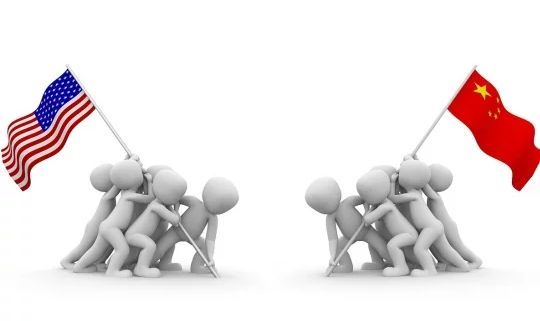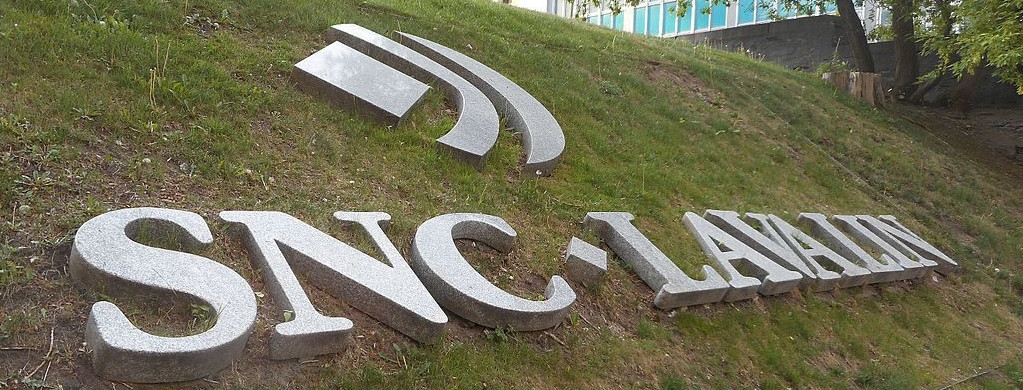A tragic shootout at my neighbourhood Bank of Montreal, near Victoria, recently left two people dead and six injured, grabbing national headlines. And news coverage of this event casually mentioned that this same bank — which is just across the street from the bank I use — had been successfully robbed just four months before: a heist that had apparently been too mundane to warrant even local news coverage. All of this has made me feel sorry for bank tellers, and more motivated than ever to finally commit my online banking password to memory.
But of course, this isn’t logical: in reality, the bank itself poses a far greater threat to me than any bank robber does. The record–breaking profits being enjoyed by the big Canadian banks — in sharp contrast to the declining fortunes of most regular people — testify to that. It is almost impossible for people in Canada to avoid being exploited by these thieves, in fact, whether they have a mortgage and a pension or just need to cash their monthly government assistance cheque. No matter how limited their income, almost everyone has to fork something over. And all those service fees and interest charges add up: in 2021, a total of $57.4 billion in profit. Despite a global market crash the year before, the “big five” banks raked in: $16.1 billion (RBC), $14.2 billion (TD), $9.95 billion (Scotia), $7.7 billion (BMO), and $6.4 billion (CIBC), respectively — profits they seem to be on track to match this year despite yet another looming recession.
Once the big banks get their hands on this money, moreover, they are free to use it to further undermine the common good, as indeed they often do. For example, just recently they have used it to:
- buy back their own shares to inflate their stock prices
- pay out record-smashing executive bonuses
- continue bankrolling the fossil fuel industry
- continue shilling for the fossil fuel industry
- transact with shady offshore businesses in notorious tax havens like the Bahamas.
Thus, while the big banks do not threaten people with guns as more traditional bank robbers do, their effect on society is in many ways the same.
The turf war
Like true mobsters, the big Canadian banks have made themselves appear to be indispensable when in reality they are parasitic middlemen. The private corporate banking system they dominate performs essential services, it is true, but only because alternatives to it are mysteriously missing in Canada. All that remains are community credit unions that boast relatively few physical locations — thanks in part to intimidation from the big banks. The success of credit unions despite this disadvantage speaks to the demand for alternatives to the corporate banks — alternatives that are less predatory and profit-focused (even if, as workplaces, credit unions are just as hierarchical and undemocratic).
And yet, beyond credit unions — or pay-day loan sharks that use various schemes to charge mostly low-income people nearly 400 percent a year in interest — all other alternatives are conveniently sleeping with the Canadian fishes.
The big banks whacked postal banking, for example, which was offered by post offices across Canada and the US into the late 1960s. This system — which successfully offered people savings accounts and cheque-cashing services for over a century — was not out-competed by the big banks, but was done in by their political lobbying. In many countries this alternative to private corporate banking is still available even today, and there is no good reason why it could not be reinstated in Canada. In fact people living in remote rural areas — like the island of Grand Manan, which is about to lose its only bank — would obviously benefit from the reinstatement of a postal banking system. And the Canadian Union of Postal Workers have been calling for the return of postal banking for years as part of their wider plan to use the network of 6,400 post offices across Canada as a centre for many vital services.
And in addition to the postal banking system, the big corporate banks also put publicly-owned banks on ice in Canada. As Socialist Alternative has previously discussed, publicly-owned would do everything a private one does, except gouge profits. Any interest they did earn would not accumulate in private hands but would be returned to the elected government, which, in turn, can use it to lower taxes and fund public projects. The Bank of North Dakota, which has successfully operated on a public model for over a century, is the only such bank remaining in North America. But public banks could also work elsewhere, if they were allowed to take root. It was North Dakotan socialists who fought to establish that state’s cherished public bank, after all; socialists in Canada could do the same thing today.
But the private banks have successfully blocked or reversed such efforts. And along with the containment of credit unions and the elimination of postal banking, this has made the private banking system they control almost impossible for Canadians to avoid. And with their exclusive access to the wages of the working class, the big banks have engorged themselves and they have merged, and acquired, so that today the top five Canadian banks control 89 percent of the domestic market — an achievement unthinkable in most other countries (in the US, for example, the top five banks control 35 percent of the market).
And all of this has set the stage for the robbery-in-progress of Canadians by a small group of self-interested organizations that are the definition of “too big to fail.”
Reign of the “five families”
The system these organizations have created is not a monopoly, of course, since Canadians are still free to choose which of the big corporate banks they would prefer to have rob them. But it also isn’t much better than a monopoly. In fact, the Canadian banking system is widely considered to be an “oligopoly” — an arrangement reminiscent of the infamous “five families” of New York, in which a small number of organizations dominate a market and collude to increase their collective profits. As a case in point: Canada’s big five banks are actually each other’s biggest shareholders.
This oligopoly has even been openly acknowledged by the oligopolists themselves, although they have tried to spin it as being “good for consumers.”
But it is rarely comforting to hear mobsters discuss what is good for you; and indeed, the facts suggest that Canada’s bank oligopoly is actually just as bad for consumers as one might naively expect. Canadians were paying exorbitant service fees even before COVID struck; and in 2017 bank employees were found to be under intense systemic pressure to take advantage of their clients — upselling them credit, products, and services beyond even the limits allowed by law. And the pandemic hardly moved the banks to mercy. On the contrary, last year the banks collectively raised their service fees even higher, despite their already historically-high profits; and earlier this year it was found that clients were still being upsold, with racialized clients more likely to be so targeted.
Even the Bank of Canada — a central bank created during the Great Depression out of a reluctant recognition that the private banks could not restrain themselves, nor be trusted to keep the economy afloat — has offered little relief, proving itself to be as loyal to the oligopoly as always with its recent interest rate hikes.
In the face of such coordinated price gouging and systematic profiteering, the only banks consumers can turn to for relief are food banks — as indeed Canadians increasingly appear to be doing.
Canada’s bank oligopoly is certainly good for investors, who often extol its “stability” and profitability. But this reflects the fact that its customers have nowhere to run, and that the sheer size of the big banks ensures that they can always hold the public hostage for bailouts — like the $114 billion they received in the wake of the 2008 crash. In other words, Canada’s banking system is a highly effective means of extracting wealth from the 99 percent and transferring it to the 1 percent. And while this is good for shareholders (again: mostly the other big banks), it is clearly not good for working people.
Standing up to the bullies
Thinking of corporate bankers as gangsters is not just a tacky rhetorical device, as it might at first seem. Rather, it brings clarity. It explains the big banks’ success despite poor customer service, and their record profits despite the increasing numbers of impoverished Canadians. And it highlights that the big banks are not essential — that, indeed, it is essential they be done away with. Stricter regulation might help, as might trying to negotiate with the bank; but sometimes, the only way to deal with a bully is to stand up to them and fight back.
Doing this will not be easy. And although people can switch to a local credit union (as I have), no one can stand up to the big banks alone: the task requires working-class solidarity, and collective action — but it can be done. First steps are organizing around concrete demands, like the immediate imposition of a significant windfall tax on the big banks, much more than the mild action so far from the Liberals of a tax that is estimated to raise $4 billion, on profits of $57 billion, and other businesses who profited from the pandemic (a sensible and deflationary measure that Canada previously took during the Second World War), as well as the return of postal banking . Honestly, what is needed is the expropriation of the banks, to bring the banking system under democratic control.
This would benefit working people by:
- lowering their cost of living
- raising the quality of their financial services, and end paying unnecessary and unwanted fees
- driving the pay-day loan sharks out of business
- ending the big banks’ investment in fossil fuels that are cooking the planet
- providing banking in rural areas
And to Socialist Alternative, this is well worth the struggle.




